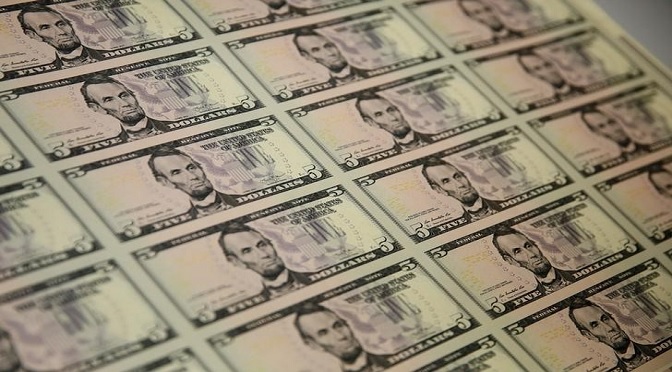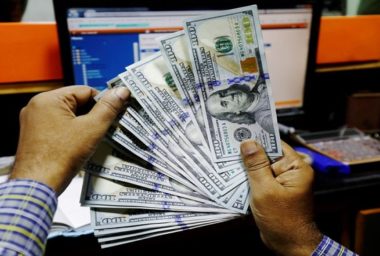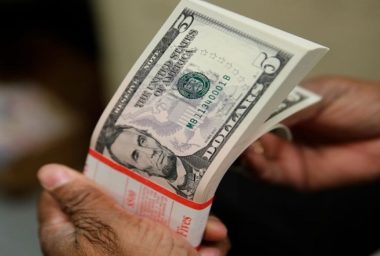-
Authoradmin
-
Comments0 Comments
-
Category
The U.S. dollar was hovering at one-week highs against other major currencies on Friday, as investors awaited the release of key U.S. employment data later in the day and as concerns over Washington’s protectionnist policies eased.
Market participants were looking ahead to the monthly U.S. nonfarm payrolls report due later Friday, for further indications on the strength of the job market after data on Thursday showed that initial jobless claims increased more than expected last week.
Meanwhile, concerns over a potential global trade war due to U.S. tariffs on steel and aluminum imports eased after U.S. President Donald Trump signed a more tempered version of the plan on Thursday.
Trump signed the imposition of 25% tariffs on steel imports and 10% for aluminium but announced exemptions for Canada and Mexico and left the door open for exceptions for other countries.
Japan reacted to the news by sayong the move would have a “big impact” on the countries’ close bilateral ties, while China said it was “resolutely opposed” to the decision. South Korea said it may file a complaint to the World Trade Organization.
The U.S. dollar index, which measures the greenback’s strength against a trade-weighted basket of six major currencies, was up 0.08% at 90.18 by 02:05 a.m. ET (06:05 GMT), the highest since March 1.
In other news, President Trump announced his willingness to accept an invitation to meet North Korean leader Kim Jong Un before May, with hopes of achieving “permanent denuclearization”.
South Korea’s National Security Office said Kim “expressed eagerness to meet President Trump as soon as possible” and that the North-Korean leader pledged to “refrain from any further nuclear or missile tests” while talks are underway.
The news sent safe-haven assets broadly lower and USD/JPY was up 0.49% at 106.73, while USD/CHF held steady at a more than one-month peak of 0.9516
The euro and the pound were little changed, with EUR/USD at 1.2315 and with GBP/USD at 1.3801.
The single currrency stabilized after posting sharp losses on Thursday when European Central Bank President Mario Draghi said regional inflation remains subdued and that rising protectionism is a risk, although he did acknowledge faster growth in Europe.
Earlier Friday, the Bank of Japan left its monetary policy unchanged and offered no new clues on when and how it might begin winding down its stimulus measures.
Elsewhere, the Australian dollar was almost unchanged, with AUD/USD at 0.7791, while NZD/USD edged up 0.17% to 0.7274.
Meanwhile, USD/CAD held steady at 1.2896.
Recent Comments
- Starlight Herot on Euro Higher on German Data, Sterling Edges Lower
- Frost Dragont on Euro Higher on German Data, Sterling Edges Lower
- Gwinnettt on Euro Higher on German Data, Sterling Edges Lower
- Vanessat on Euro Higher on German Data, Sterling Edges Lower
- Christinet on Euro Higher on German Data, Sterling Edges Lower
Archives
- April 2025
- March 2025
- February 2025
- January 2025
- December 2024
- November 2024
- October 2024
- February 2024
- July 2023
- July 2021
- May 2021
- March 2021
- February 2021
- September 2020
- May 2020
- February 2020
- December 2019
- November 2019
- October 2019
- September 2019
- August 2019
- July 2019
- June 2019
- May 2019
- April 2019
- March 2019
- February 2019
- January 2019
- December 2018
- November 2018
- October 2018
- September 2018
- August 2018
- July 2018
- June 2018
- May 2018
- April 2018
- March 2018
- February 2018
- January 2018
- December 2017
- November 2017






